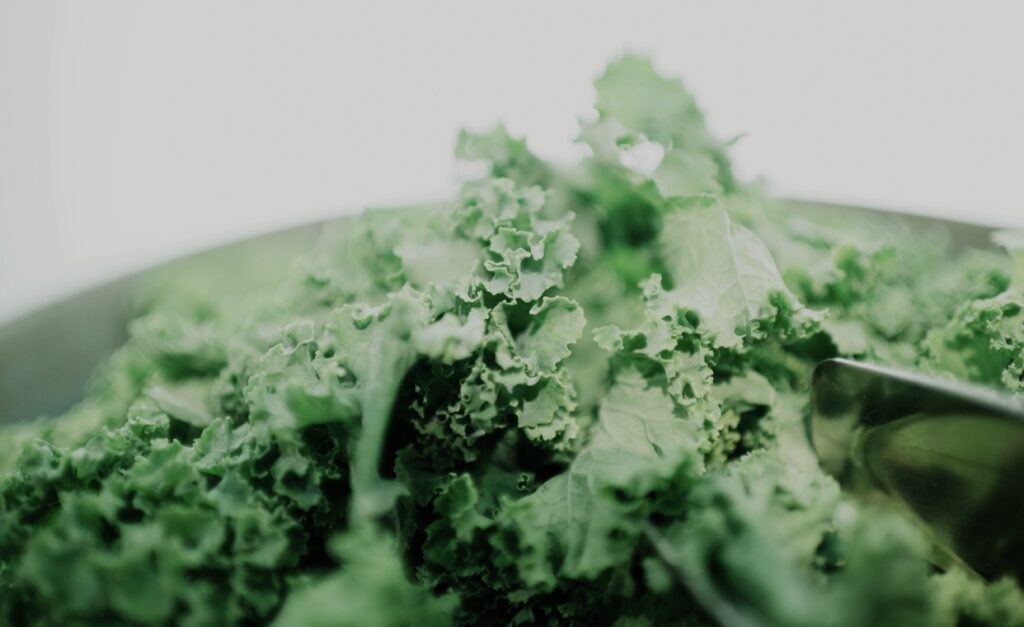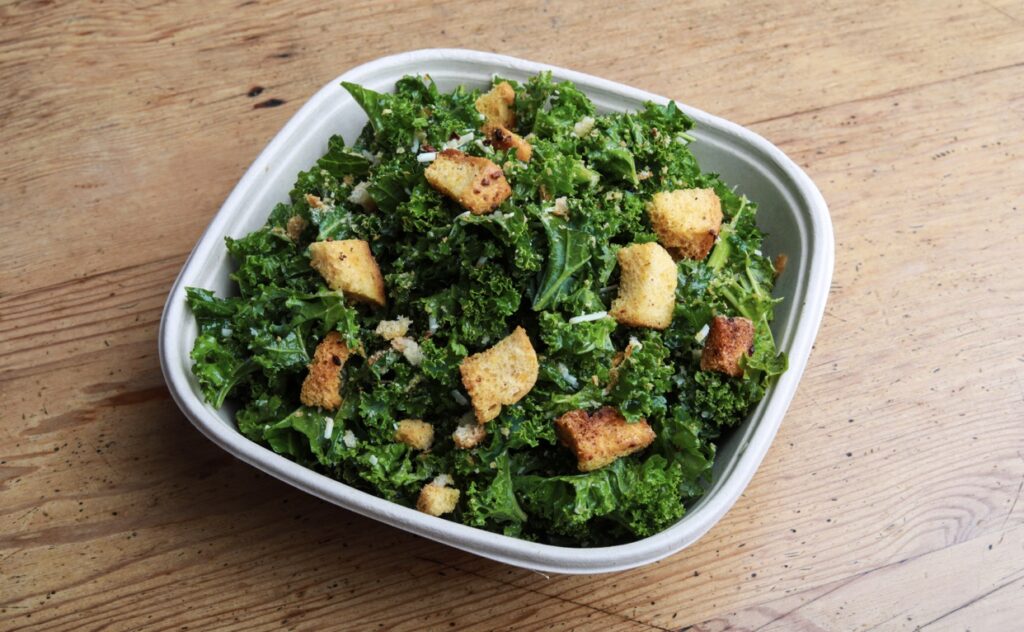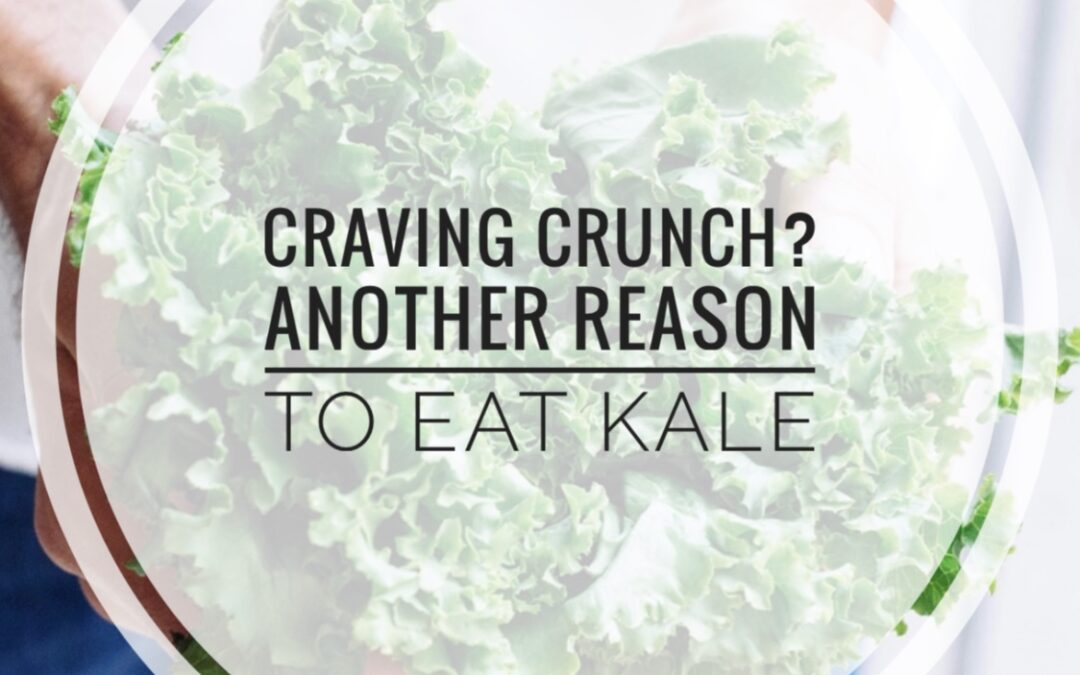Kale is packed full of powerful antioxidants such as beta-carotene and flavonoids and it even provides some calcium. Check out these delicious ways to enjoy this green leafy vegetable.

Health food fads frequently come and go, but some health promoting foods will be around forever. Kale is one of those amazing so called superfoods. You may be familiar with the wide range of nutritional benefits it to offer, but don’t know how to make it taste good. I’m going to share a fe delicious ways to prepare it that will have your family begging you to buy more kale. Even the kids! First, we’ll start with a little history!
History of Kale
Although talk of kale has become super popular in recent years, it is anything but a new vegetable. Kale is a cole crop, which means it grows best in the cool weather of the spring and fall. The Greeks and Romans in the 1st century were the first to speak of the “coles” they grew which had curled leaves (aka, curly kale!). It became a staple in the European diet during the Middle Ages, because it could survive through the harsh climate. It’s recent popularity in the United States is old news to much of the rest of the world!

Kale Nutrition
Found in the same family as broccoli, collard greens, and cauliflower, kale demonstrates many similar health properties. It contains powerful antioxidants such as beta-carotene and flavonoids and it’s even a source of calcium. In fact, 1 cup of kale contains 10% more absorbable calcium than 1 cup of milk! The vitamins and minerals found in this green leafy vegetable don’t stop there. According the USDAs Nutrient Database for Standard Reference, 1 cup of contains:
- 90 mg of Calcium
- ~ 80 mg of Vitamin C
- 299 mg of Potassium (WOW!)
- 10302 IU Vitamin A
- 547.4 µg of Vitamin K
- Is a valuable source of fiber and B-Vitamins, as well as folate
As with all fruits and vegetables, kale is very beneficial nutritionally in all of our diets. Unlike most vegetables though, it is also a source of omega 3 fatty acids, which have anti-inflammatory properties.
The Vitamin K content is another big benefit. According to a 2012 study, vitamin k is an important factor in stroke prevention and atrial calcification. Also, a decade long study in 2009 demonstrated that Vitamin K consumption significantly reduced the risk of coronary heart disease.

Ways To Cook And Eat Kale
Now that you know all of the good stuff found in this green leafy vegetable, you should also know that it tastes great! From steaming and sautéing, to making crispy chips, the possibilities are endless.
If you’ve never tried it, or you’re skeptical, homemade kale chips are a great place to start. They are super easy to make and they are a delicious snack for those who have a love for crunchy chips
You can also make a kale salad or put some in your smoothie. You won’t even taste it in this green power juice smoothie.
Ready to start cooking? Check out this simple recipe for crunchy kale chips. Or, click here to watch a step-by-step video on how to make them!
Let me know what you think!


 Hi, I’m Heather – a registered dietitian, busy mom, consultant, adventure junkie and travel addict who has mastered living healthy on the go. My blog is where I share simple recipes and healthy living tips to help and inspire others to live their best life.
Hi, I’m Heather – a registered dietitian, busy mom, consultant, adventure junkie and travel addict who has mastered living healthy on the go. My blog is where I share simple recipes and healthy living tips to help and inspire others to live their best life.